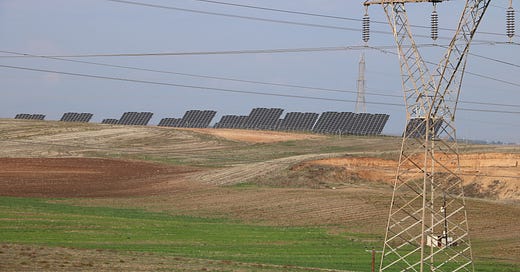Greece races to clean energy with a new climate plan (and it could go even faster)
A new plan will almost eliminate electricity sector emissions by 2030, leaving transport and heating as future challenges, but the track record suggests this is an underestimation of what will happen
Though slow to start the race, Greece is now one of Europe’s sprinters in the green energy transition. Its new National Energy and Climate Plan, unveiled on October 11, promises it will produce 77 percent of electricity from renewables by 2030, almost completely eliminating greenhouse gas emissions from the power sector.
The NECP sees solar energy tripling and wind energy doubling, to provide two thirds of the 61.6 TWh of expected demand. Hydro-electric power will provide another 10 percent.
After that, offshore wind, too, will enter the fray (Greece announced its first two licenses in January). By 2040, solar, wind and hydro are forecast to provide 95 percent of the electricity Greece is expected to consume.
At the same time, Greece is working on electrification of transport and heating to absorb the new electricity, but these efforts are progressing slowly. By 2030, Greece expects to refurbish 400,000 homes, just 10 percent of the country’s building stock, making it more energy-efficient and installing heat pumps. Electric and hybrid cars are expected to be only 14 percent of the market by 2030, but rise rapidly to 64 percent by 2040.
Keep reading with a 7-day free trial
Subscribe to Hellenica to keep reading this post and get 7 days of free access to the full post archives.



